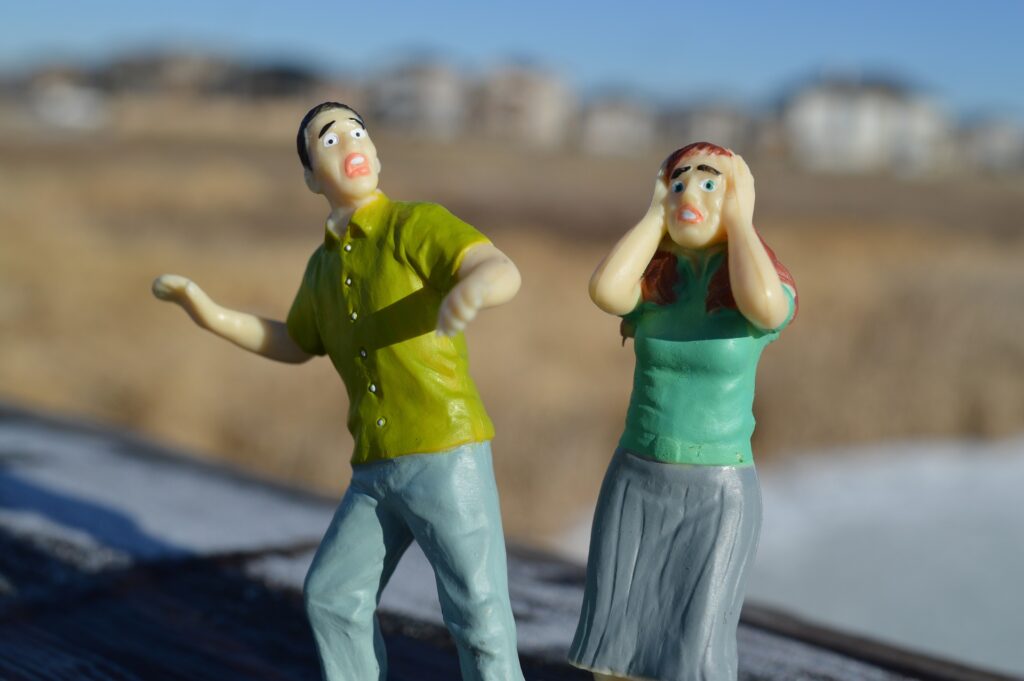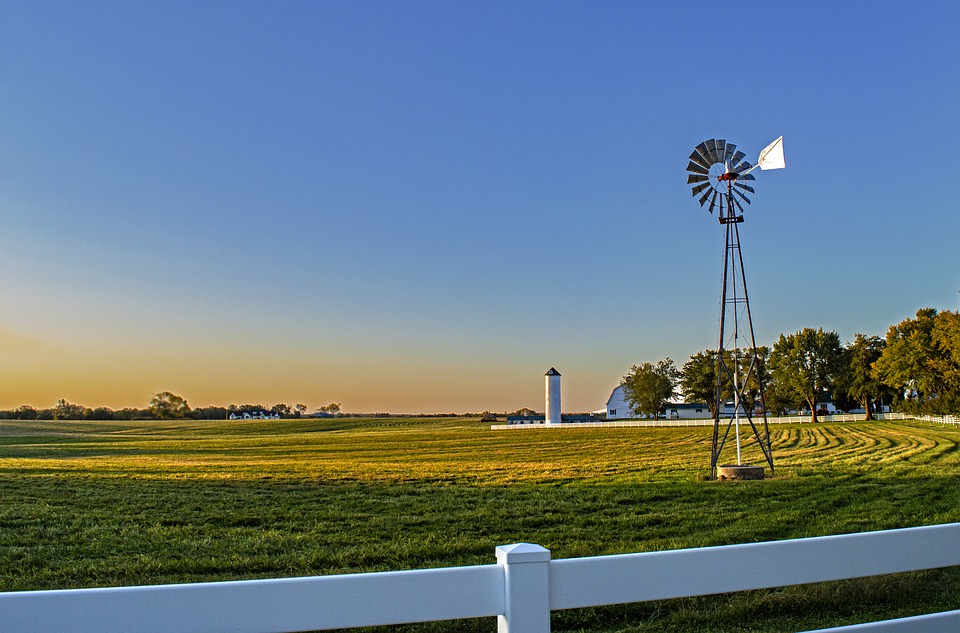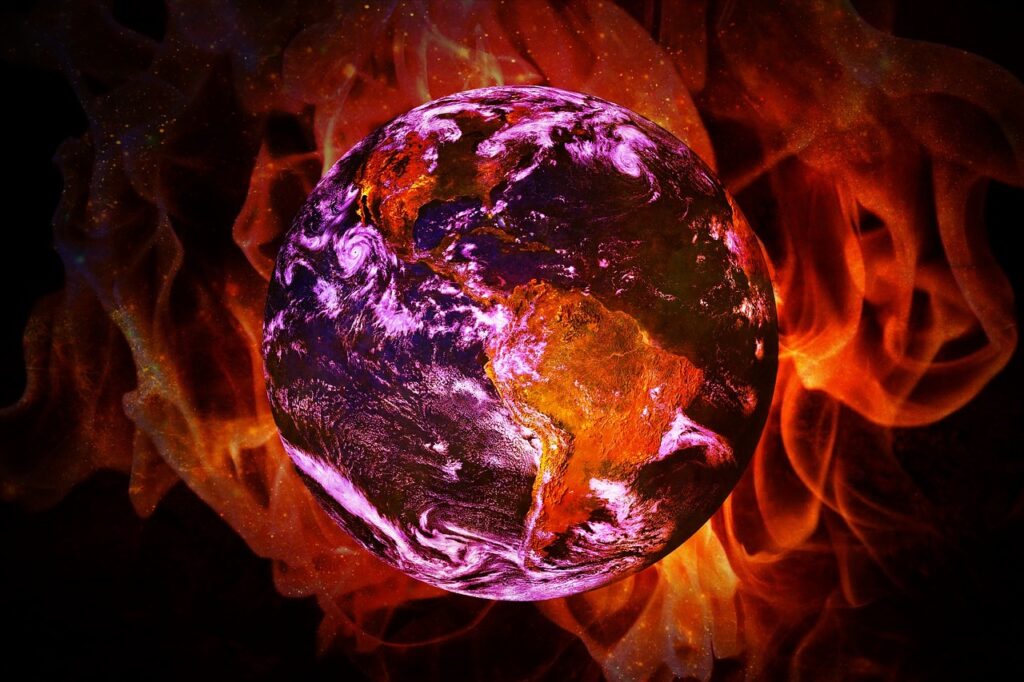According to HCN, In California and across the region, drought and heat makes for big blazes.
 The morning of July 23, the city of Los Angeles was covered in a dusting of ash. An apocalyptic haze muted the sun, and the sky was an eerie, unnatural pink. Just a day before, a wildfire had broken out on private land 30 miles northwest, near Santa Clarita. Within 24 hours, the Sand Fire scorched 20,000 acres, and in a week, it burned another 21,000 acres. At least 10,000 people had to evacuate before it was contained by early August.
The morning of July 23, the city of Los Angeles was covered in a dusting of ash. An apocalyptic haze muted the sun, and the sky was an eerie, unnatural pink. Just a day before, a wildfire had broken out on private land 30 miles northwest, near Santa Clarita. Within 24 hours, the Sand Fire scorched 20,000 acres, and in a week, it burned another 21,000 acres. At least 10,000 people had to evacuate before it was contained by early August.
Last winter, California breathed a sigh of relief during El Niño, expecting it to drench the parched landscape after four years of drought. Northern California got more rain and remains relatively wet, but El Niño didn’t deliver enough to prevent fires in the southern part of the state. “It’s the legacy effect of the long-term drought: these large, volatile, fast-moving wildfires in California,” says Crystal Kolden, fire science professor at the University of Idaho. By the first week of June, firefighters in the state had already tackled over 1,500 fires that burned almost 28,000 acres – twice as many acres burned as in the first half of 2015.
Looking at the West as a whole, this fire season is similar to the last couple of years – longer, hotter, and harder to control – except in the Pacific Northwest, where there’s been a near-average wet, cool summer. According to a recent reportfrom the National Interagency Fire Center, that delays the region’s greatest fire risk until later in the season. However, it has been extremely dry and hot in the Great Basin and Rockies, leading to more fire starts. Those areas should return to normal fire risk by September. The high fire potential in California will continue during the season’s peak this month and through November, though, perhaps even until the first snowfall.
Typically, when the Pacific Northwest is particularly active with wildfire, the Southwest is less so, and vice versa, Kolden says, due to large-scale climate dynamics. But because of climate change in the last five to 10 years, regional wildfire seasons now often overlap. Fires are also burning a wider range of ecosystems than in the past, Kolden says. The lower-elevation sagebrush steppe is fueling fires just as much as high-elevation ponderosa forests, Southern California’s chaparral, and Idaho’s rangelands – and often, all these ecosystems are experiencing fires at the same time. “Climate change is starting to take over,” says Kolden, “so there’s a higher probability and incidence of fires all over the West every single year.”
The map below, by Climate Central, tracks the current active wildfires across the country.
Two of the largest are the Soberanes Fire in California, which has burned over 70,000 acres and is only about halfway contained; and the Pioneer Fire near Boise, which has burned over 68,000 acres and is about one-third of the way contained. The NIFC considers both these fires its top priority because they’re proving hard to contain and near highly-populated areas. As peak fire seasons stretch and overlap, firefighting resources are getting stretched thinner. The Pioneer Fire, for example, currently has about 1,500 firefighters working on it, while the Soberanes has a record-breaking 4,800, including 150 National Guard members.It’s still unclear what caused the Pioneer Fire, but an illegal campfire ignited the Soberanes blaze, and faulty hot tub wiring caused the Sand Fire. A growing percentage of wildfires are started by humans, says Scott Stephens, professor of fire science at UC Berkeley, particularly in Southern California where the population in fire-danger areas is increasing exponentially. That’s part of the reason that, even though that area’s fires aren’t necessarily more severe than usual, this year’s have resulted in more homes lost and a high fatality rate in California.
By this point, Stephens says, it’s clear that Western communities and federal agencies need to be more proactive at planning for fire and drought when building homes and structures and managing land. According to his research, we should be restoring forests by thinning and using prescribed burns at five to 10 times the rate we are now. “If we don’t start to change the trajectory of forest conditions in the Western U.S., we’re literally going to be running out of options,” he says. “The big fires will continue to come.”
Lyndsey Gilpin is an editorial fellow at High Country News. @lyndseygilpin



